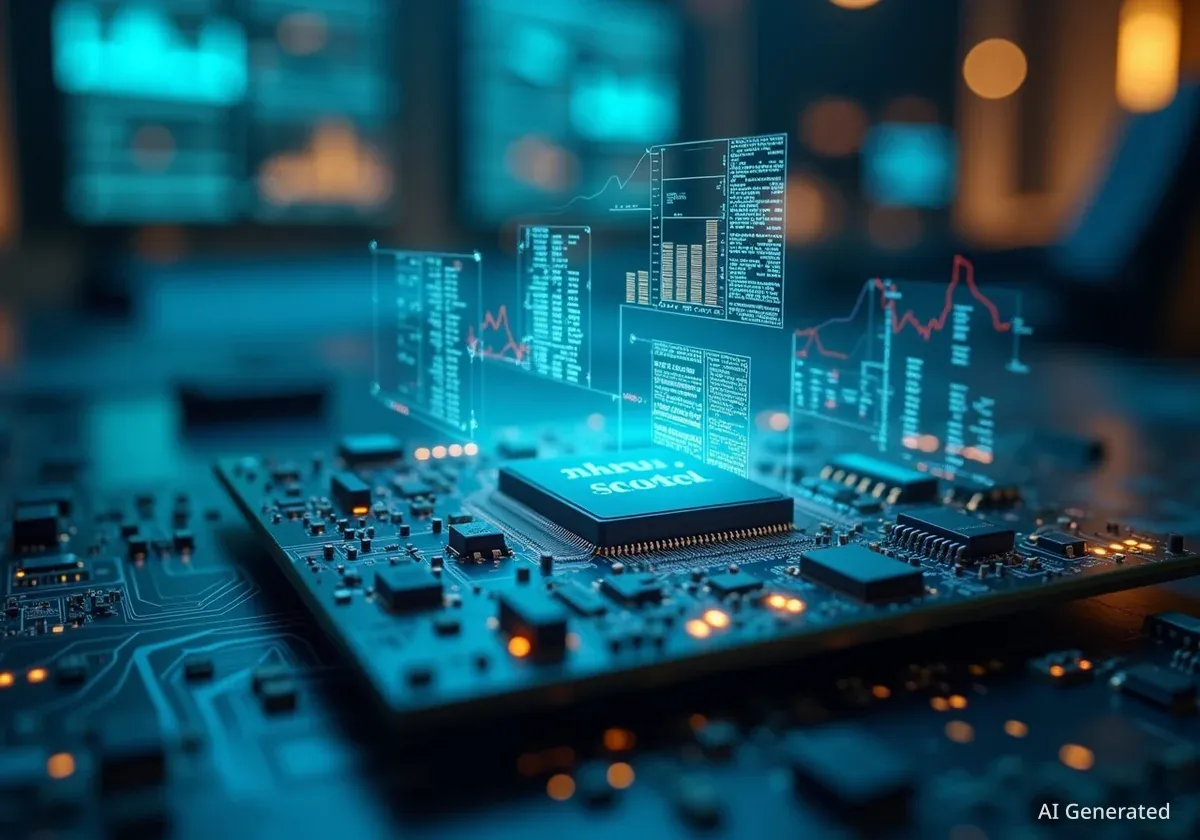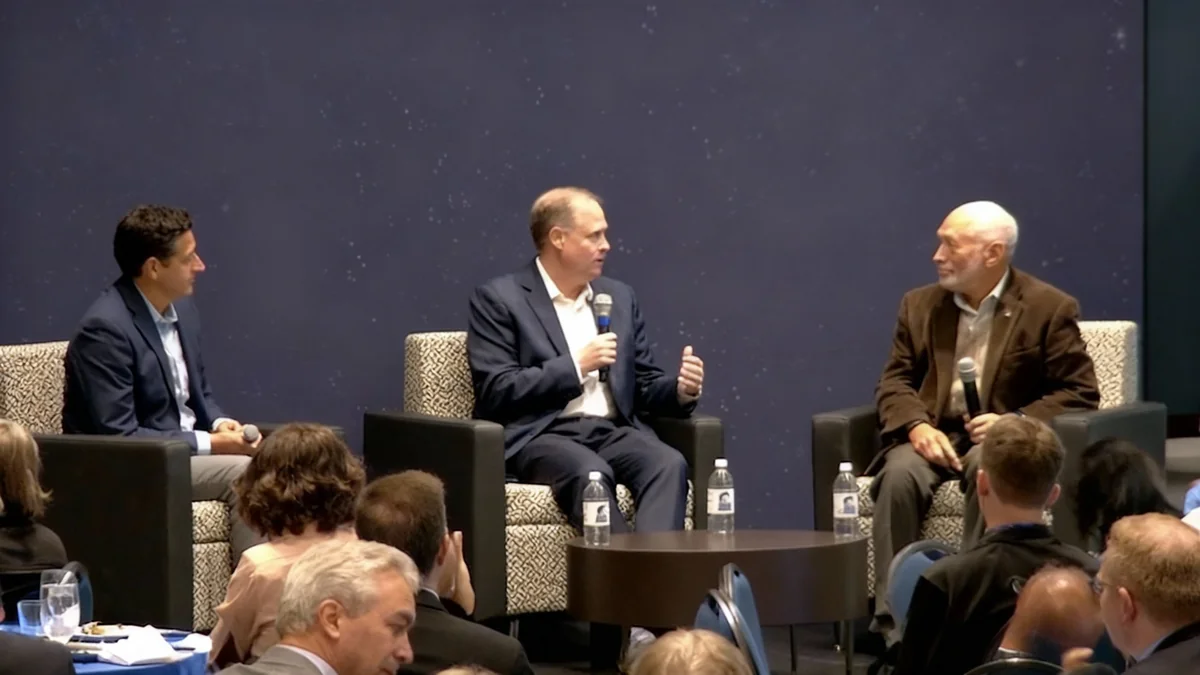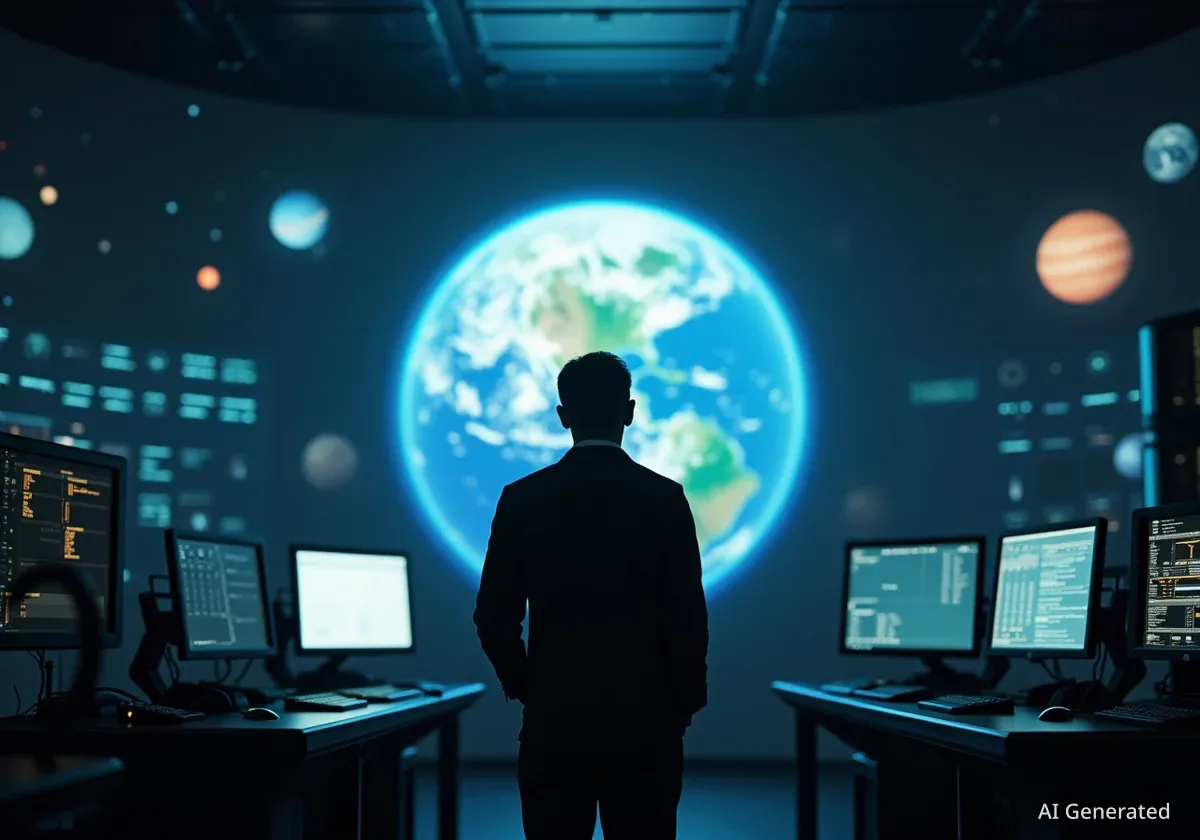The rapid integration of artificial intelligence into space exploration is creating a significant gap in international law, raising critical questions about liability, data ownership, and national responsibility. As autonomous systems like NASA's Perseverance rover take on more decision-making roles, the legal frameworks established in the 1960s and 1970s are proving inadequate for the modern era of space activity.
Projections show the market for AI in the space sector is expected to reach nearly $58 billion by 2034, highlighting the technology's growing importance. However, this shift from human-controlled to machine-led operations introduces complex legal risks for governments, private companies, and insurers.
Key Takeaways
- Existing space law, based on human control, struggles to address actions taken by autonomous AI systems.
- A major issue is the inability to assign "fault" to an AI under the 1972 Liability Convention, creating a liability gap for in-space incidents.
- The rise of AI-driven data analysis from satellites raises new questions about data ownership, privacy, and the use of inferred information.
- Experts suggest that slow-moving treaty reforms are unlikely to keep pace, pointing to a need for a mix of technical standards, regional regulations, and clarifications to existing laws.
The Disconnect Between Modern Technology and Old Treaties
Current international space law was written when space missions were under direct human command. Treaties like the 1972 Liability Convention were designed around the idea that a person or a state could be held responsible for an error or a breach of duty. This foundation is now being challenged by the increasing autonomy of AI.
NASA's Perseverance rover on Mars, for example, makes 88% of its driving decisions without human input. This level of independence is essential for complex missions, including the planned autonomous construction of lunar bases under the Artemis program and the operations of deep-space probes. As AI transitions from a tool to an independent actor, the legal system has not kept pace.
This gap between technology and law creates what experts call a 'techno-legal disconnect'. The core problem is that legal concepts designed for human actions do not easily apply to the decisions made by a complex algorithm. This uncertainty poses a significant risk for all participants in the space sector.
The Foundation of Space Law
The primary international agreements governing space activities were developed during the Cold War. These include the 1967 Outer Space Treaty and the 1972 Liability Convention. They established principles like state responsibility for national space activities and liability for damage caused by space objects, but they did not anticipate autonomous systems operating with minimal human oversight.
A Growing Liability Gap in Orbit
One of the most pressing issues is how to determine liability when an autonomous system causes damage in space. The 1972 Liability Convention outlines a two-part system for damage caused by space objects.
For damage on the surface of the Earth, it establishes absolute liability, meaning the launching state is responsible regardless of fault. However, for damage occurring in space, such as a collision between two satellites, liability is based on "fault" (Article III). The treaty does not define "fault," but its legal interpretation has always centered on human error, negligence, or a failure to meet a standard of care.
Projected Market Growth
The global market for artificial intelligence in the space sector is projected to grow to nearly USD $58 billion by 2034, signaling a fundamental shift in how space operations are conducted and managed.
Can an AI Be at Fault?
Attributing a human-centric concept like fault to an AI system is a profound legal challenge. If an AI-controlled satellite deviates from its course and collides with another, it is unclear who or what is legally at fault. Was it the programmer, the operator who deployed it, or the state that authorized the mission? The complexity of modern AI, particularly machine learning models that evolve over time, makes it difficult to trace an undesirable outcome to a specific human error.
This ambiguity creates a dangerous 'liability gap'. A party that suffers damage from an autonomous system may have no clear legal path to receive compensation. This legal uncertainty translates directly into commercial risk. Insurers may find it too difficult to underwrite missions involving advanced AI, potentially leading to extremely high premiums or a refusal to offer coverage altogether.
This problem also affects state responsibility under Article VI of the Outer Space Treaty, which requires nations to provide "authorisation and continuing supervision" of space activities. If a state cannot meaningfully supervise an opaque AI system, its ability to prevent 'faulty' behavior is limited, further complicating any future liability claims.
The New Frontier of Data Governance
Beyond liability, the use of AI in space introduces new challenges related to data. Satellites are no longer just collecting raw images; they are feeding powerful AI models that generate valuable new information products. These systems can analyze vast amounts of data to produce insights with significant commercial and societal value.
"Technologies developed to support space exploration are quickly plundered for their commercial and broader benefits... Now we see our presence in space harnessed more deliberately to collect wider datasets to feed purpose-built AI models."
For instance, AI platforms can synthesize Earth-observation data to create precise maps of land use, estimate water evaporation for agriculture, or monitor supply chains. These tools can also power early-warning systems for natural disasters like floods and wildfires. This capability represents a major technological leap, but it also raises legal questions that existing treaties do not address.
Unanswered Legal Questions
The current legal framework for space is largely silent on data governance. This silence leads to several critical questions:
- Data Ownership: Who owns the insights generated by an AI from publicly or privately collected satellite data? Traditional copyright or database rights may not be sufficient.
- Privacy Concerns: How can individual and group privacy be protected when AI can analyze high-resolution imagery to infer 'patterns of life' and predict behavior?
- Collective Scrutiny: Are privacy laws focused on individuals adequate to address the risk of AI being used to monitor entire populations by government or corporate entities?
The same technology that can provide flood warnings could also be used for widespread surveillance, and the current legal protections may be insufficient to prevent potential misuse.
Forging a Path Forward
The transformation of the space sector by AI is well underway, and the existing legal framework is struggling to adapt. Given that reforming United Nations treaties is a slow, consensus-driven process, timely solutions are unlikely to come from that direction alone.
Instead, a more pragmatic approach is expected to emerge. This will likely involve a multi-layered governance strategy combining several elements. This could include targeted clarifications of existing treaty language, the development of agile 'soft law' instruments like industry-wide technical standards, and the influence of regional regulations.
As humanity pushes further into space with increasingly intelligent and autonomous systems, developing a modern legal framework is not just a matter of policy but a necessity for ensuring a stable, safe, and commercially viable future beyond Earth.





